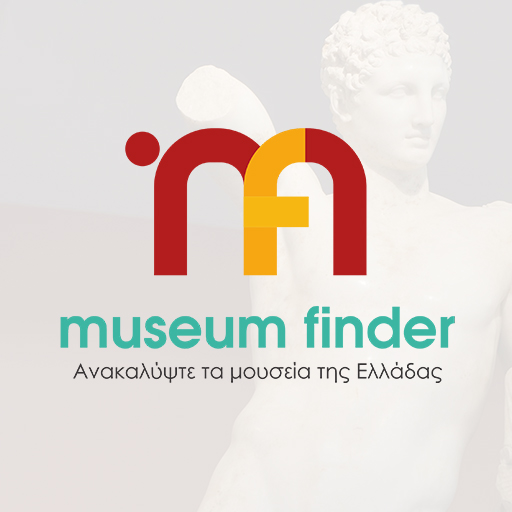
By Panos Liakos*
In this week’s reflection I would like to focus on a film that I had never seen before- despite its cult status. It is Joseph H. Lewis’ Gun Crazy and like many of the noir films of the ‘40s and ‘50s it narrates with clarity its story. Interestingly, if we immerse ourselves into the images of a film like Gun Crazy we can later interpret them or the characters depicted on them using the Freudian Psychoanalysis. I strongly believe that along with the genre theory this is the most effective way for us to understand the archetypes of any genre and especially of the noir genre.
A gun is an obvious phallic symbol; a symbol which implies a strong masculinity or the desire of it. The first shot of Gun Crazy is actually a flashback to the childhood of our hero, Bart Tare. He seems to have an obsession with the guns as he is trying to usurp one. He is going to be condemned from the local court and going to be sent to a reformatory school. Nonetheless he never actually quitted his obsession and even become an expert in shooting. A striking contradiction between his teen self and the cinematic present is, I believe, that as a grown-up is more low-profile, almost timid as he enjoys himself in the carnival sequence.
In this sequence, the character of Annie Laurie Starr (Peggy Cummings) is going to be established, as the female protagonists of the movie. Peggy Cummings incarnates a woman who uses her guns deftly (phallic symbolisms in their most significant presence), she is showing off of her talents for the audience to get impressed and even challenges them to a contest. Annie Laurie admittedly does not expect to get beaten by Bart. It is his superiority in shooting which stimulates her imagination. She is aiming for high and she will use him to fulfill her dreams; One of the most important scenes in the first part of the film is the discussion which Bart has with the clown of the circus. By then he’s been incorporated into it. The clown, with his sense of common sense, is mocking Bart saying to him that many men cannot understand that women frequently do not really love them.
As I was watching Gun Crazy, I had this battle inside me on if Annie Laurie is a typical femme fatale or not. On one hand, Annie Laurie is the one who persuades Bart to commit a series of crimes; she is the one who has great power upon the circus’ owner; she is even openly declaring that she wants: “a lot of things, big things”. Bart may have this propensity to the world of the guns but he is never being portrayed as hardboiled. I believe that his ending is a consequence of his romantic part, of his naive nature. He is dreaming of having a tidy life with a family and children and Annie Laurie even commands him to shoot at the patrol car during the big action sequence of the film. In other words, I suspect a certain reversal of roles between them.
On the other hand, this couple has something sexy and romantic. It really feels for the audience like the famous Jean-Luc Godard quote. Indeed, “what you need to make an exciting film is a gun and a girl!”. I can really feel why film audiences and scholars over the years truly loved Gun Crazy. It is like an early -and even more lyric- version of Bonnie and Clyde. It expresses our deepest emotions against the values of capitalism. Many of us have dreamed of living as outlaws, a life full of action and eroticism. Are we going to choose this kind of life or a life like the one that Bart’s sister, Ruby, has? (one of the biggest contradictions that film depicts).
Bart is masochistically drawn to this lethal cosmos, a cosmos which leads only to death- as the oneiric aura of the last sequence in the swamp implies. Maybe in our world this is the price for a few breaths of freedom.
*Panos has studied Classical Philology and he is a Master’s student in Cinema Studies at NYU





![Filmτατοι [podcast]: Poor Things και Saltburn Filmτατοι](https://atheniantimes.gr/wp-content/uploads/2024/01/Filmτατοι-324x235.png)










